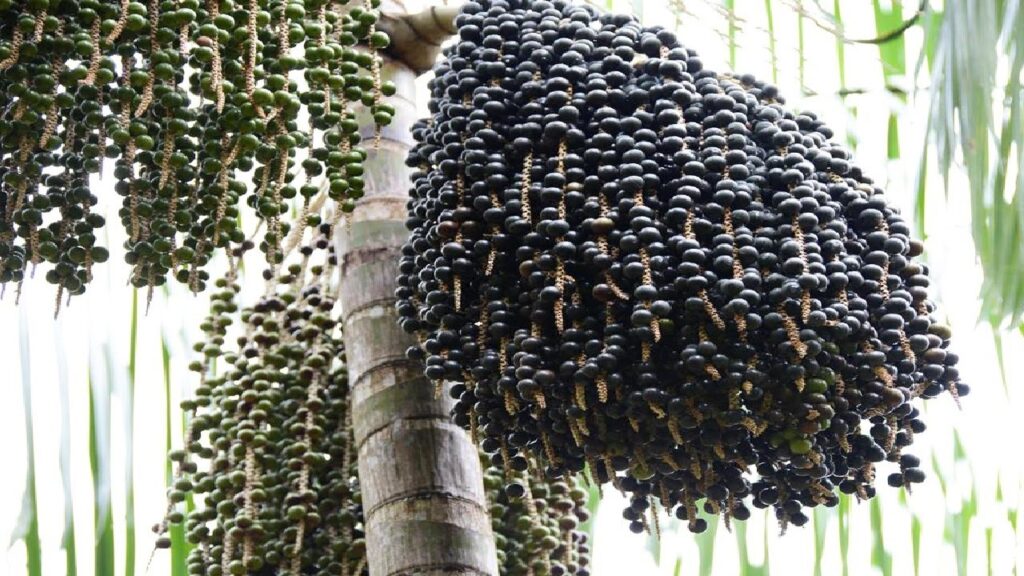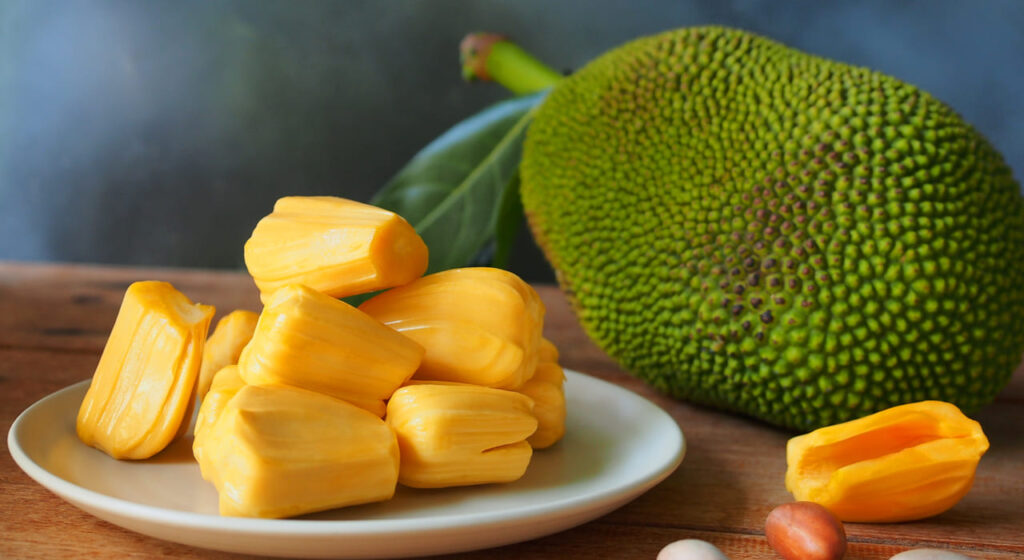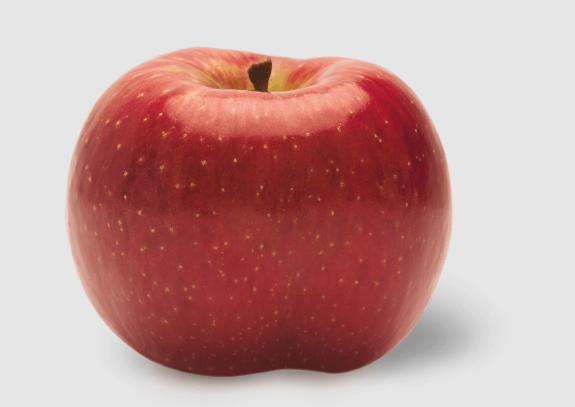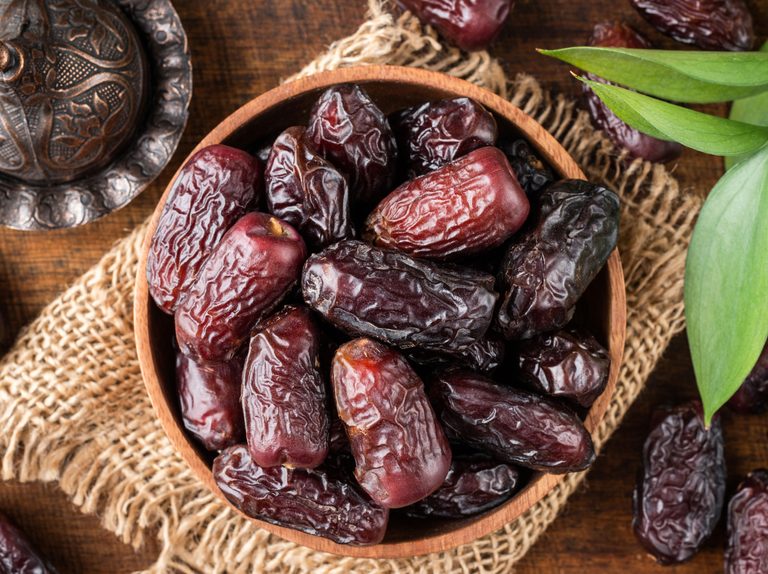Are you looking for the perfect coconut milk for your recipes? Not all coconut milks are the same. Whether you’re a home cook or a culinary expert, this guide will show you how to pick the best coconut milk just like a professional.
If you’re avoiding dairy, are vegan, or just love coconut’s flavor, great coconut milk can make your dishes better. We’ll talk about what to look for when buying coconut milk and how to identify high quality. No more thin or flavorless coconut milk – get ready for rich and tasty coconut milk every time.
Table of Contents
- The Irresistible Appeal of Coconut Milk
- Types of Coconut Milk
- 1. Full-Fat Coconut Milk
- 2. Light Coconut Milk
- 3. Coconut Cream
- 4. Coconut Milk Beverage
- How to Choose a Good Coconut Milk
- 1. Ingredients List
- 2. BPA-Free Packaging
- 3. Organic Certification
- 4. Ethical Sourcing
- Assessing Quality
- 1. Color and Consistency
- 2. Aroma and Taste
- 3. Brand Reputation
- 4. Shelf Life and Storage
- Expert Tips for Choosing the Best
- 5. Think About What You’re Making
- 6. Shake the Container
- 7. Try Different Brands
- 8. Make It Thicker If Needed
- 9. Keep Leftover Coconut Milk Fresh
- Wrapping Up
The Irresistible Appeal of Coconut Milk
Coconut milk is a popular ingredient used around the world to add creamy texture and a tropical taste. It’s good for a lot of recipes like curries, soups, sweets, and drinks. With coconut milk, your food can go from good to amazing.
Types of Coconut Milk
There are many types of coconut milk to choose from. Knowing the different kinds helps you decide what’s best for your cooking needs.
1. Full-Fat Coconut Milk
Full-fat coconut milk, also called regular coconut milk, is thick and creamy. It has more coconut cream and is perfect for dishes where you want rich flavor, like curries or desserts.
2. Light Coconut Milk
Light coconut milk has less fat because some coconut cream is taken out. It’s good for when you want something lighter in taste and fewer calories, but still want some coconut flavor.
3. Coconut Cream
Coconut cream is a concentrated version of coconut milk with even more fat. It’s very thick and creamy, adding a lot of richness to both savory foods and desserts.
4. Coconut Milk Beverage
Coconut milk beverages are thinner and more watered down. They often have added vitamins and minerals and are commonly used as a dairy replacement for drinks and on cereals.
How to Choose a Good Coconut Milk
When it’s time to pick a coconut milk, look at these important things:
1. Ingredients List
Read the ingredients list carefully. Ideal coconut milk should have few ingredients, mainly coconut extract and water, and very little or no additives and preservatives.
2. BPA-Free Packaging
Choose coconut milk in BPA-free containers. BPA is a chemical that can get into food and drink from certain plastic packages. BPA-free is safer for you and better quality.
3. Organic Certification
If you can, go for organic coconut milk. It means no harmful chemicals were used to grow the coconuts, which is better for your health and the environment.
4. Ethical Sourcing
Look for brands that care about where their coconut milk comes from. They should pay fair prices and care for the farmers’ working conditions.
Assessing Quality
Here’s how to make sure the coconut milk you buy is of good quality:
1. Color and Consistency
The coconut milk should look smooth and have the same color everywhere. It shouldn’t be lumpy or separated.
Choose products with short ingredient lists that don’t have things like artificial flavors or thickening agents. Natural stabilizers like guar gum are okay, but anything else might mean it’s not the best choice.
2. Aroma and Taste
Depending on your recipe, pick the right kind of coconut milk. For richness, get full-fat; for lighter dishes, try light coconut milk or a coconut milk beverage.
When you open the can or carton, the coconut milk should smell fresh and sweet. The flavor should be creamy and full of coconut, without any strange aftertaste.
3. Brand Reputation
Good coconuts mean good coconut milk. If you can, buy from brands known for sourcing high-quality coconuts. Organic and sustainable options also show you care about the planet.
4. Shelf Life and Storage
You can find coconut milk in cans and cartons. Canned ones last longer and might be thicker. Cartons might be better if you only want a little at a time.
Look at the expiration date to make sure it’s not too old. See how you should store it after opening – some need to be in the fridge, others are okay in a cool place.
Expert Tips for Choosing the Best
To help you pick the best coconut milk even easier,
Follow these tips from experts when you choose coconut milk:
5. Think About What You’re Making
Choose the right type of coconut milk for your recipe. Use full-fat coconut milk to make dishes rich and creamy. Light coconut milk is good when you want something less heavy. Coconut cream is great for really rich desserts. Coconut milk drinks are nice in smoothies or instead of regular milk.
6. Shake the Container
Give the coconut milk a shake when you’re at the store. This way, you can check if it’s smooth or if there are any hard bits or layers that have split apart.
7. Try Different Brands
Each coconut milk brand tastes a little bit different. Some might be more creamy, sweet, or fresh-tasting than others. Don’t hesitate to try a few brands until you find the one you like most.
8. Make It Thicker If Needed
If your recipe needs thick coconut milk and yours is too thin, put the can in the fridge for a few hours or the whole night. The thicker cream will rise to the top, and then you can take just that part to use.
9. Keep Leftover Coconut Milk Fresh
If you don’t use all the coconut milk, put what’s left into a container that closes tight and put it in the fridge. Try to use it up in a few days to make sure it still tastes good.
Wrapping Up
Good coconut milk can make your food even more delicious, giving it a bit of tropical flavor and creaminess. Remember to think about where it’s from, what it looks and tastes like, and how thick it is. With these details in mind, you can choose the best coconut milk like an expert.
No matter if you’re making a tasty curry, a cool smoothie, or a sweet treat, coconut milk can be your secret ingredient for amazing food. So pick up a can, and let its creamy goodness make your meals even better.









